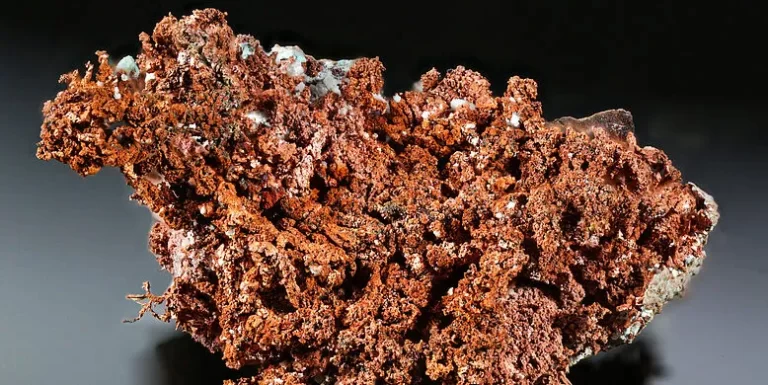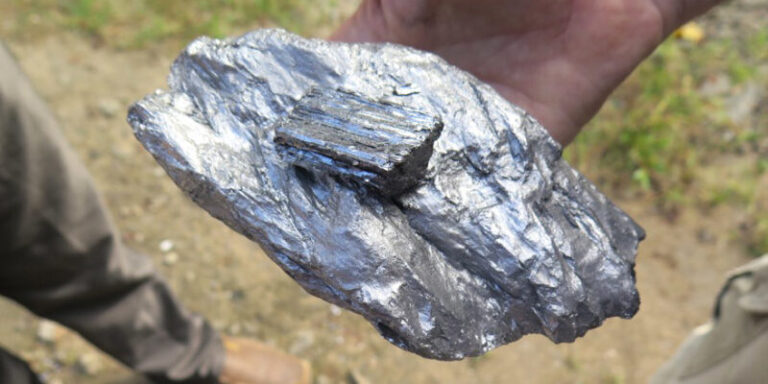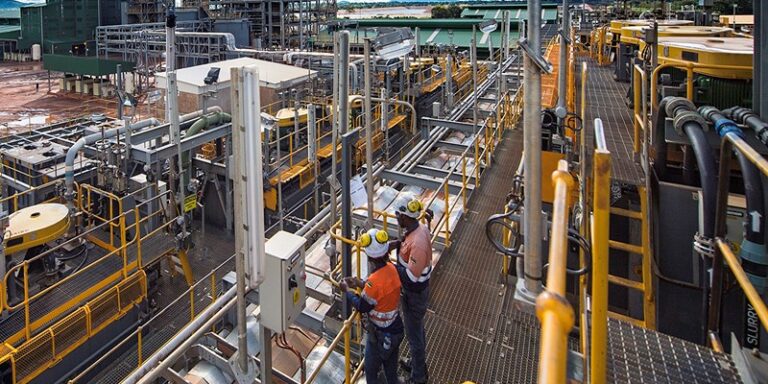
Africa stands as a treasure trove, harboring approximately 30% of the world’s mineral reserves, many of which are vital to renewable and low-carbon technologies.
With extensive deposits of platinum, manganese, vanadium, nickel, copper, cobalt, lithium, graphite, titanium, and rhodium, among others, Africa’s mineral wealth is playing a pivotal role in the continent’s socioeconomic advancement and contributing to the global shift towards sustainable energy solutions.
The race to secure access to Africa’s critical minerals is intensifying, driven by projections of soaring demand.
By 2040, copper demand is expected to surge by 40%, nickel and cobalt by 60-70%, and lithium by a staggering 90%.
As a result, global superpowers, notably the United States and China, are competing for control over Africa’s critical mineral resources.
This competition is empowering Africa to assert itself on the international stage, leveraging its resources to nurture local content development and establish diversified, value-added industries.
One standout in this mineral-rich landscape is Zimbabwe, boasting the world’s second-largest chromium ore deposits.
Chromium is a crucial mineral for concentrated solar power (CSP), geothermal, nuclear, hydro, and wind technologies.
Zimbabwe’s prospects for increased revenue have surged, thanks to growing interest in its mineral resources.
African Chrome Fields, for instance, announced the development of a groundbreaking aluminothermic smelting factory, poised to reduce chromium ore production time while increasing output.
Additionally, Zimbabwe recently exported its first shipment of lithium ore, holding an untapped reserve of 690,000 tons.
To stimulate investment in domestic refining infrastructure, the country has prohibited raw lithium exports, aiming to cultivate local industries for processing raw lithium ore and fostering its own battery industry.
Meanwhile, the Democratic Republic of the Congo (DRC) plays a dominant role in global cobalt production, vital for lithium-ion batteries used in electric vehicles (EVs) and energy storage technologies.
The DRC recently entered into a Memorandum of Understanding with Zambia and the United States to establish a Special Economic Zone for EV battery production.
In a significant move, Congolese President Félix Tshisekedi negotiated a substantial infrastructure-for-minerals agreement with Chinese state-owned enterprises, further driving local content development in the DRC’s energy battery value chain.
The DRC and Zambia collectively contribute over 12% of global copper production, an essential mineral for renewable energy systems like solar, hydro, thermal, and wind power.
Leveraging these resources is vital for both nations to create local value, generate employment opportunities, and catalyze broader socioeconomic development.
Graphite, a fundamental input for lithium-ion batteries and energy storage systems, accounts for nearly one-third of all minerals used in EVs.
Madagascar, Mozambique, and Tanzania, holding over one-fifth of global reserves, are well-positioned to harness their abundant graphite resources to meet the growing demand for key decarbonization technologies in transportation and industry.
Furthermore, Africa accounts for 60% of global manganese mine production, critical for various green technologies, including CSP, wind, hydro, and geothermal energy.
South Africa leads as the world’s largest manganese producer, followed by Gabon, while Ivory Coast and Ghana also possess substantial reserves.
Lastly, Africa reigns supreme in platinum group metal (PGM) reserves, crucial for electrolysis and green hydrogen production.
PGMs such as iridium, palladium, and platinum are abundant in South Africa, which dominated global platinum and iridium production from 2016 to 2020.
Zimbabwe, the world’s third-largest platinum producer and second-largest iridium producer during the same period, is currently advancing three new PGM projects.
With an influx of foreign investments, enhanced regulatory oversight, favorable fiscal incentives, and a focus on mutually beneficial projects, Africa’s critical mineral extraction industry is primed to maximize the geopolitical significance of its resource wealth.
As the global energy transition gathers momentum, demand for Africa’s resources is set to surge, positioning mineral-rich countries across the continent for significant gains in this era of heightened demand for sustainable energy solutions.





